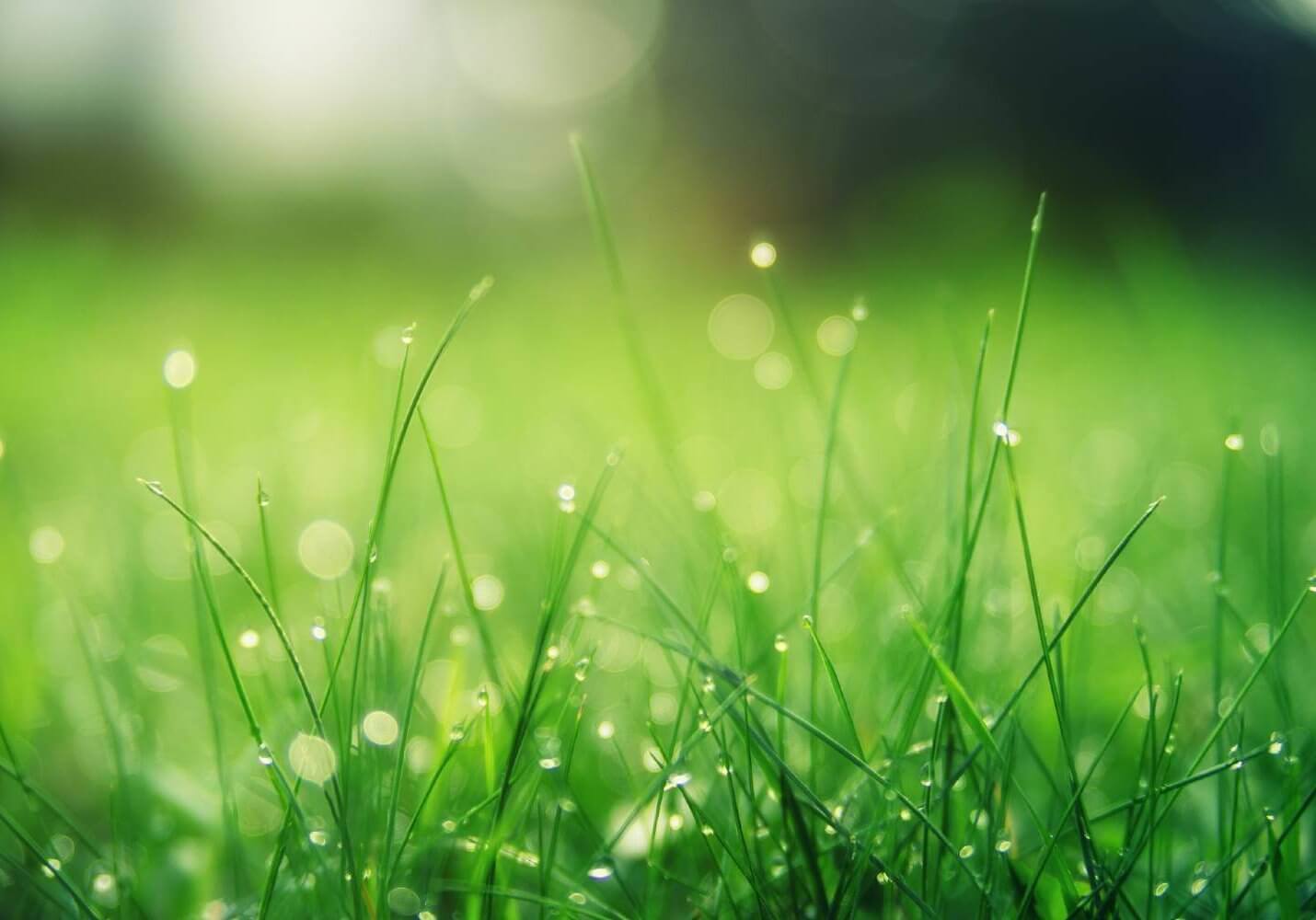How Much Water is Too Much for Your Lawn?
We know how much you want that perfect shade of green for your lawn by the time summer rolls around. That’s why many of us spend the spring and summer regularly maintaining the grass, adding seed to the bare patches, fertilizing, and watering. And watering. And maybe watering some more. Wow, that’s a lot of watering! But exactly, how much is too much water for your lawn?
We have the answer to that question right here.
How Do You Know If You’re Watering Your Lawn Too Much?
Yes, it is possible to overwater your lawn, just as it is to underwater it. Too much water can drown the grass, causing them to die and preventing that green lawn you’re dreaming about.
Think of your houseplants. When you water them too much, what happens? Water pools and isn’t absorbed by the soil or it leaks out from the bottom of the planter, as your plants slowly die. Well, that’s what happens to your grass.
Some classic signs of overwatering your lawn include:
- Puddles: If your grass is squishy when you step on it after watering it or you see puddles forming on the grass, that’s a giveaway you gave your grass too much water.
- Weeds and fungus: If you saw an abundance of weeds, such as crabgrass, or fungal growth like mushrooms, this is a cause of overwatering.
- Irrigation runoff: After irrigating your lawn, the water runs right off instead of the soil soaking it up.
- Dead grass: Dying or yellowing patches of grass are caused by too much water.
So you know the signs of overwatering. How can you prevent it?
How to Prevent Overwatering Your Lawn
Finding the right water balance can be tricky, but it can be done! That is if you keep these tips in mind:
- The best time to water your lawn is very early in the morning, between 4 and 10 am. With less sunlight to evaporate the water, watering early in the morning gives the grass time to dry out.
- Depending on the type of seed you used, you may only have to water your lawn once or twice a week with only 1 inch of water, depending on the time of year.
- You may want to do some light watering throughout the week. Don’t. In fact, it’s more beneficial to water all at once as few times during the week as possible. That’s because light watering can promote shallow roots which can make grass less tolerant of drought conditions.
- However, if your lawn is new, then you do need to water it every day to keep the soil moist. Once the lawn reached 1 inch, you can cut back to watering it every other day until the grass is established, usually within three weeks’ time.
- If your grass isn’t springy when you step on it, has curled blades, or isn’t as green as it should be, you may be underwatering.
Too Much Water? It Can Be Fixed!
Even following the tips above you still have issues with overwatering your lawn. Is there anything you can do to fix the problem?
Yes, there is! First, you need to figure out what’s causing the problem. Is the problem with your sprinkling system? Is it just a very wet season? Does your grass need a lot of water in the first place? Once you know the problem, you’ll be able to fix your irrigation system.
However, if you still can’t figure out the problem, the best option is to contact an experienced landscaper to take care of your lawn. Our residential landscaping professionals will fix the problem such as aerating your lawn or figuring out watering scheduling that will bring your lawn back to life.
If you’re having trouble watering your lawn this spring, don’t wait! Contact the lawn maintenance professionals at Your Landscapers today!

Contact Your Landscapers Today!
Call us today to talk about what we can do for your property!
We proudly serve Northeastern Pennsylvania, including Wilkes-Barre, Scranton, Kingston, Back Mountain, Mountain Top, and the Poconos.
